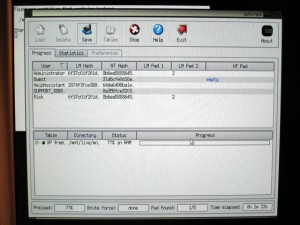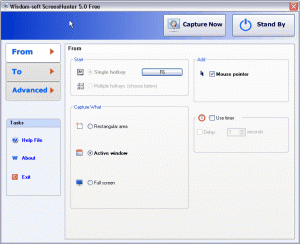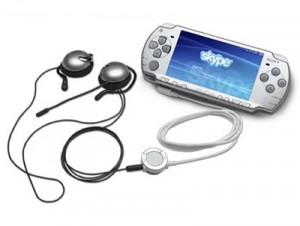Crack the Windows Login Password
 Recently a Falls Church, Virginia customer called me to help them get into their computer after they forgot their Windows login. They were locked out of their own computer. Luckily for them (and unluckily for most people), the passwords can be found using brute force and dictionary cracking tools.
Recently a Falls Church, Virginia customer called me to help them get into their computer after they forgot their Windows login. They were locked out of their own computer. Luckily for them (and unluckily for most people), the passwords can be found using brute force and dictionary cracking tools.
There are many programs to recover the Windows XP and Windows Vista passwords. My favorite is Ophcrack. Download the Live CD, burn the iso to disk (not as a file but as a disk image), and boot the computer off the disk.
Ophcrack will start automatically and typically take 5-30 minutes to determine all the passwords that it can. The shorter the password, the faster Ophcrack can find it. Unless there is a very long password (over 14 characters), Opencrack will be able to tell you what it is.


 Windows and Linux
Windows and Linux . It works on Windows, Mac, Linux, and even some mobile devices like Windows Mobile PDAs and the Sony PSP (pictured). It also has the paid options of Skype Out (calling a phone) or Skype In (getting a phone number that rings your Skype account). On the downside, Skype is a proprietary protocol that only works with Skype.
. It works on Windows, Mac, Linux, and even some mobile devices like Windows Mobile PDAs and the Sony PSP (pictured). It also has the paid options of Skype Out (calling a phone) or Skype In (getting a phone number that rings your Skype account). On the downside, Skype is a proprietary protocol that only works with Skype. A great addition to any computer is a PDF writer, which allows you to create PDF files from other documents. Macs can do this by default as a print option. Windows users can download
A great addition to any computer is a PDF writer, which allows you to create PDF files from other documents. Macs can do this by default as a print option. Windows users can download